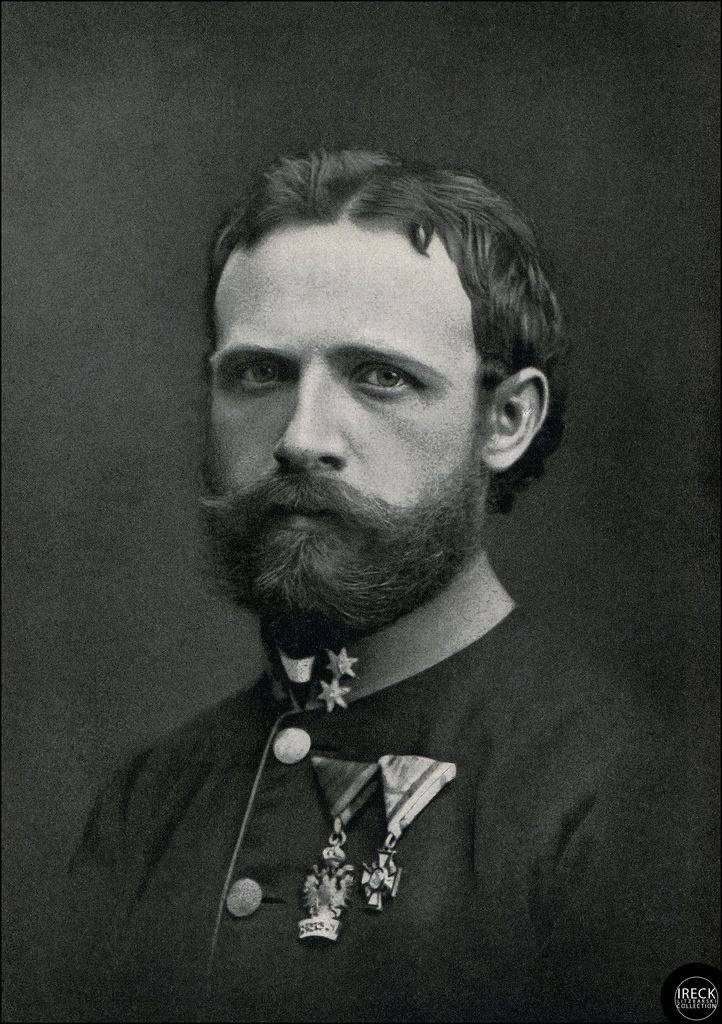Conquering the Alps: The Brave Pioneer Climbers
For several thousands of millennia, the Alps have naturally formed to create such breathtaking mountain ranges that could look both undeniably beautiful but also terrifying. Throughout history - particularly in the Victorian Era - there was a surge of adventurous men that decided to venture out and pursue the peaks of the Alps. The climb is something that cannot be underestimated - it takes a great deal of perseverance, skill and the luck to successfully reach the peak. Read below for an overview of some of the notable names of Alpine adventurers and conquerers.
Illustration of the Alpine Climbers | Christian von Mechel via Wikimedia Commons
Mont Blanc - Balmat & Paccard
Also known as the ‘Cursed Mountains’ and the highest mountain in the Alps, Mont Blanc was only known about until the 18th century. Purposely avoided by Swiss Scientists, the Chamonix valley was essentially unknown until climbers discovered the Valley in 1741. Mont Blanc was conquered by Jacques Balmat, a crystal enthusiast and a chamois hunter – he found out that he could obtain prize money through reaching the peak of the mighty mountain, and since then, he became inherently obsessed with the idea of conquering the mountain. His first attempt to climb Mont Blanc ended early, realising that he wasn’t prepared for the weather conditions and the navigation skill required. He descended down to the village of Moud, and found many Alpine climbers hoping to claim the prize. He then found Dr. Michel Paccard who was experienced in hiking and both of them set of to try and climb the mountain. To their luck, they conquered the peak before the other hopefuls and had claimed the prize, while also changing the sport of mountaineering forever.
Source: Zermatt Matterhorn
Matterhorn - Whymper & Tyndall
Matterhorn is an Alpine mountain located in the rural town of Zermatt– a intimidatingly high peak of about 4,478 meters was conquered by Edward Whymper and John Tyndall along with Lord Francis Douglas, Charles Hudson, Douglas Hadow, Michel Croz and two Zermatt guides in the summer of 1865. Whymper was English explorer, illustrator and mountaineer – and Tyndall was a scientist that studied glaciers, but eventually becoming a pioneer mountain climber. Both, along with the other men, made the brave journey to ascend the mighty Matterhorn of Switzerland. The journey, as with many Alpine expeditions, was treacherous and extremely difficult – but to their perseverance, they reached the peak and placed a glass bottle in the snow; commemorating the names of the conquerers. Though the ascent was successful, the descent had an unlucky turn. The four members of his climbing crew (Douglas, Hudson, Hadow and Croz) were killed during the descent due to a weak rope. The unfortunate incident was documented by Whymper in his book Scrambles Against the Alps in which he said “Every night” he would see his “comrades of the Matterhorn slipping on their backs, their arms outstretched, one after the other…”
Source: Alchetron
Adamello -Von Payer & Caturani
Mount Adamello is a mountain found in the Province of Brescia in Val Camonica - in the same area where our Alpine hotel is located. It is surrounded by glaciers and various mountain tops – but the Adamello peak is the most notable of them all. Adamello is the location of a significant battle in World War I – between the Italians and the Austrians. The mountain was first conquered by Julius von Payer, a young Bohemian Climber, the mountain guide Girolamo Botteri and another mountain guide, Giovanni Caturani. According to sources, they took the easiest route through Pian Di Neve (Snow Plain) towards the peaks.
Dolomites - Grohmann
Located in the North-eastern region Italy, the Dolomites tower over the mountainous valleys. They are over 250 million years old and cover a significantly large land mass. It is exceptionally picturesque and has labelled as a UNESCO World Heritage site. The famous Austrian mountaineer and writer; Paul Grohmann, conquered many of the Dolomites’ peaks (about 10) in the 19th Century, this includes the Tre Cima di Lavaredo, Langkofel, Marmolada and more. He was very talented in the sport of mountaineering and went on to establish the Austrian Alpine Club – the second mountaineering club in the world following of the British Alpine Club in 1857. Grohmann was responsible for the tourism growth in the area having published a detailed map of the Dolomites and a travel book.
Want to feel the victory of reaching the peak of the Alps? Give mountaineering and hiking a go! Many mountain enthusiasts travel through our Alpine hotel everyday - hoping to feel the feeling of victory and a sense of awe at the naturally-formed beauty of the Alps. For more articles about the Alps, read our blog:





